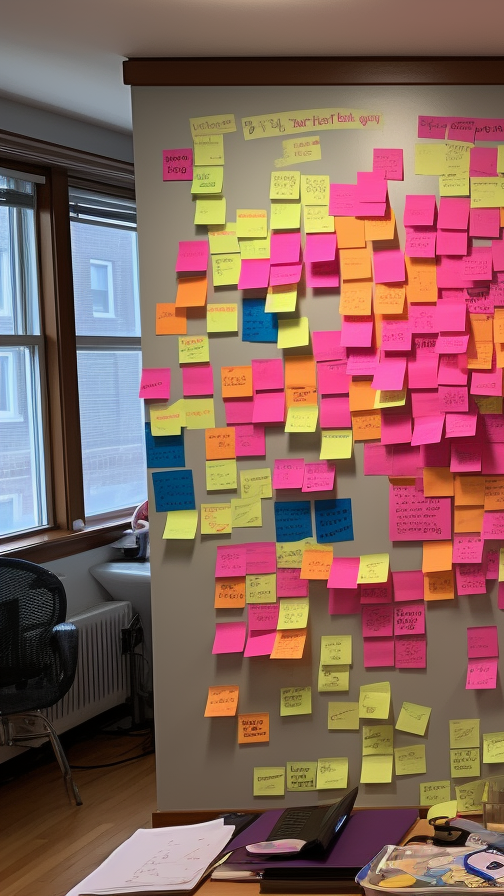Retrospective - gift or punishment?
Retrospective - gift or punishment?




All this retrospective - what is it about?

As for the framework, the meeting is led by Scrum Master, and it takes place at the end of the Sprint; it’s timeboxed. In Scrum theory this meeting reflects Inspection2, when the Scrum Team is checking up on the Sprint, taking into account the individuals, interactions, processes, tools, and Definition of Done3. In practice, does the team refer to all of these aspects at this meeting? This will probably remain a secret of each Team and their Scrum Master 😉.
During the meeting, the Scrum Team discusses what went well, what went wrong and what could be improved. A good practice is to take notes from that meeting and agree on action items with its owners, not to make it just a useless chatter.
Preparation
This part is very often overlooked, and as a result, the Scrum Team meets during the Retro and pulls the ideas out of the hat on the spot. Why is it bad? Because we actually don’t have time to really take a look back at the whole Sprint and assess it objectively. The human mind works like that: you go for a two weeks holiday, and the first week is amazing with great weather, chill, tasty food. You feel like your dreams come true. Unfortunately, in your last three days, the weather broke, you twisted your ankle and got food poisoning. You easily forget about this first amazing week and call it your worst holiday. To get to the bottom of it, you need to provide the space during the ongoing Sprint and teach your Team to make notes of all the ongoing things to be well prepared for the Retrospective Meeting. It will bring more value to the team.
Good practice
Don’t forget that Retrospective can be quite a sensitive part as you work with people, and not everyone can run a critical eye over his work. It’s a good practice to set up a kind of contract at the same beginning, saying that:
- insights shouldn’t be personal, and no one should take anything personally,
- everyone should listen actively and share their thoughts with an open mind,
- everyone's experience is just as important.
It’s also valuable to set up timeboxes for each part: what went wrong, what went well, improvements, not to let them focus on just one part.

Why is it so important?
It’s all about change. Sometimes change sounds a little bit scary, but there's no room for improvement without it. When we see that something does not necessarily work as we would like, then Retrospective falls like a star from the sky. Moreover, the importance of the Retrospective hides behind the scenes, as it empowers the development team to run the changes instead of imposing them by any manager/stakeholder or any other person who is not involved in the process but wants to experiment. It is also a great opportunity for auto-reflection, thinking about what I could do better and just for a casual talk with team members, sharing the perspective and better understanding of each other.
How to engage?
Easy as a piece of cake!
First of all, make a first round when everybody answers the question if the last Sprint went well or bad (in their subjective opinion). Just say: yes or no. No discussion (yet).
Then, make a second round when everyone should say (at least) one thing that went well and one thing that went bad or one improvement. Thanks to that method, everyone is engaged and doesn’t sit bored, scrolling the phone.

P.S.
Please don’t forget that retrospective is also about celebrating success and strengthening good manners, not only focusing on the dark side.

